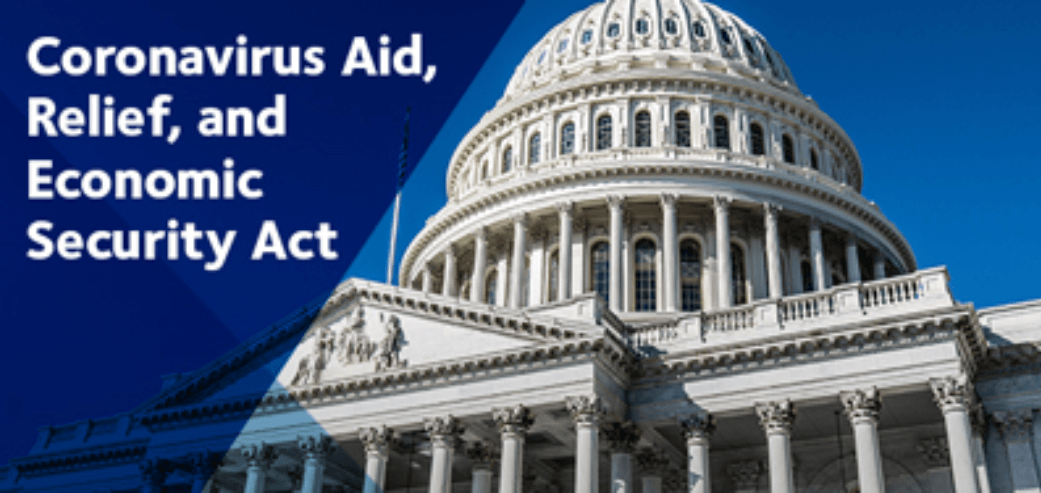
27 Apr Fund Your Own Deals for the Next Three Years With Your Retirement Account
Have you been using hard money to fund your investment deals? Or have you been working for years to build up enough cash to one day use the BRRRR (Buy, Renovate, Rent, Refinance, Repeat) Method to take your investing to the next level? Are you concerned about many banks tightening their lending standards, making it harder to qualify for a loan?
The Chinese character for “crisis” (“weiji”) is popularly referred to as being comprised of the characters for “danger” and “opportunity.” The COVID-19 pandemic has brought danger to many through the health crisis and the subsequent economic decline. The federal CARES Act of 2020 brings opportunity to real estate investors who have an IRA or 401(k).
In 2020, investors under age 59½ can withdraw up to $100,000 from their IRA and/or 401(k) without having to pay a 10 percent penalty. The CARES Act allows you to do so if:
- You, your spouse, or a dependent is diagnosed with COVID-19, or
- You suffered financial consequences due to the pandemic. This can include having your work hours reduced, being furloughed, being quarantined, being unable to work due to childcare issues, or other issues beyond your control such as shelter-in-place restrictions.
Your retirement plan administrator needs a written statement that you meet the conditions above. It is a self-certification process. Each administrator may treat the requirements differently, so check with them.
You must pull out the money on or before December 31, 2020. You can pull up to $100,000 total out from a variety of IRAs and 401(k)s that you have. It does not have to be from just one retirement account. On paper, the distribution will be treated just like a rollover. It’s officially called a coronavirus related distribution (CRD).
If you do not repay the money back into the retirement plan, then the withdrawals are still subject to income tax. You could pay it all at once, or you can elect to ratably pay the income tax over a three year period. For example, if you take out $100,000 and you are in the 22 percent federal tax bracket, you will owe $22,000 in taxes for accessing the money (or approximately $7,333.33 per year).
With the distribution you take, you can:
- Either repay it back into your retirement plan(s) penalty-free within three years of the date you took out the money (all at once or in many payments), or
- If you choose not to repay the money you took out, then in three years you can pay the 10 percent penalty.
You do not even have to put the distribution back into the same IRA or 401(k). Some financial planners may suggest that when you pay back the distribution within three years, you recharacterize the plan to receive Roth-type treatment. Consult with your accountant, tax attorney, and/or financial planner before attempting this.
The waiver of the 10 percent penalty is retroactive to January 1, 2020. If you had taken a distribution from your retirement plan early in 2020 and planned to pay the 10 percent, you no longer have to pay that penalty.
The bottom line is that this provision in the CARES Act could be what you need to fund your own deals for at least the next three years.
Tai DeSa is a graduate of The Wharton School of the University of Pennsylvania. He became a full-time real estate investor in 2004 after serving in the U.S. Navy. Tai has made colossal mistakes in investing (and learned some things along the way). He has helped hundreds of homeowners avoid foreclosure through successful short sales. Check out Tai’s books on Amazon.com. Tai may be available for coaching and speaking engagements on a variety of real estate topics. Send an email to tai@investandtransform.com.






PAULINE RIBAU
Posted at 04:11h, 17 JulyThanks for sharing Tai! You always provide such useful information